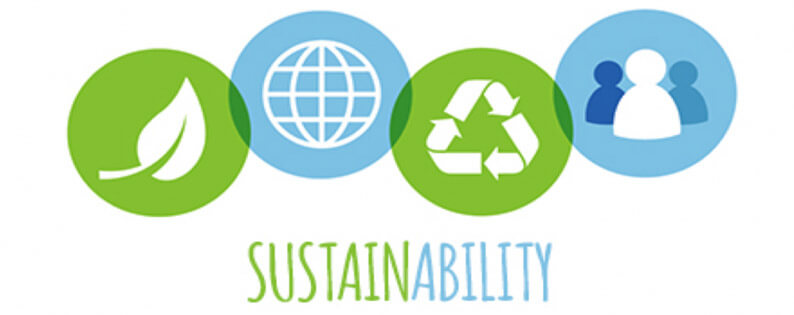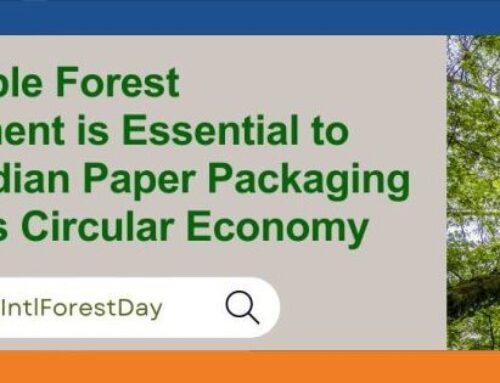Royal Containers and 3M: Sharing Sustainability

We recently had the honour of being one of 50 Top Companies invited by 3M to attend a workshop discussing shared sustainability priorities. Read the great article below – and check out the video – to see the innovations and committments of other like minded companies. Companies like Royal Containers, committed to sustainability within our culture and also as a part of our core business strategies.
When Canadian leaders tackle sustainability together | February 22, 2018
But, what they don’t always realize is how much we learn from them in return.
Sustainability is a key priority for many top Canadian companies – including our own. Through our work with our customers and vendors, we have had the opportunity to learn from the innovative programs they are driving in areas like energy management, the use of raw materials, and health and safety. In fact, many of their experiences have helped advance our own sustainability efforts.
That’s why we invited more than 50 of Canada’s sustainability leaders to share their knowledge, accomplishments, and gaps. By learning from one another, we hoped to increase our total impact, together.
The strength of sustainable business in Canada.
At 3M, sustainability is a core tenet of both our culture and our business strategy.
Our sustainability strategy aligns to the United Nations’ 2025 Sustainability Goals, and we’ve already made strong progress against our targets. In 2016, for example, 3M Canada became the first Canadian organization to receive ISO 50001 Enterprise Level Certification, recognizing our sustainability efforts in energy management.
Many of our customers and vendors have made similar sustainability commitments – with some impressive feathers in their caps.
Pratt & Whitney Canada (P&WC), for example is recognized as a market leader in fuel efficiency, reduced emissions and environmental impacts. P&WC has made major strides in technology development and are working toward integrating sustainability in all core business activities; their Sustainability Vision is what drives their products, sites, and people to a better future.
Likewise, BMO is a proven sustainability leader in the financial sector. Their operations have been carbon neutral enterprise-wide since 2010.
Each of us have a wealth of knowledge to share about our own sustainability journeys. We wanted to create a forum to share these perspectives openly, to accelerate our individual progress.
“Events like the 3M Sustainability Summit give people an opportunity to come together, to understand what others are doing, to share their own views and ideas, and to compare their own journeys with other parts of the business, other parts of the industries, and to get a sense of either how well they’re doing or how well they could be doing.”
– Jim Johnston, Director, Environmental Sustainability & Compliance, BMO
Key recommendations: three priorities for sustainability strategy.
On October 4, 2017, we invited 50 Canadian thought leaders to workshop shared sustainability priorities.
Participants included business leaders across multiple industries, including University Health Network, RESCo Energy Inc., and BASF; academic leaders, like Dr. Richard Matthew and the University of Ottawa’s Stewart Elgie; as well as a number of government representatives.
Together, we identified three themes we feel are critical to the success of any sustainability strategy:
- Entrenching sustainability strategy in business strategy: Sustainability is a business imperative. To make a meaningful impact, it can’t be treated like a project or a checklist. Sustainability must be embedded in our strategic plans, and be core to how we make business decisions, how we operate, and how we go to market.
- Articulating the value proposition: It can be challenging to describe the financial impact of sustainability. It is important to be able to clearly articulate both the monetization of the improvements, and their return on investment so that we can better outline the long-term gain versus a shorter-term outlook.
- Acquiring the talent we need to drive sustainability: The next generation of talent will be critical to delivering on long-term commitments to sustainability. We need to understand how to optimize the management of this cohort and keep them engaged.
Learn more about 3M’s commitment to sustainability.
Read more in our global sustainability report.





Leave A Comment